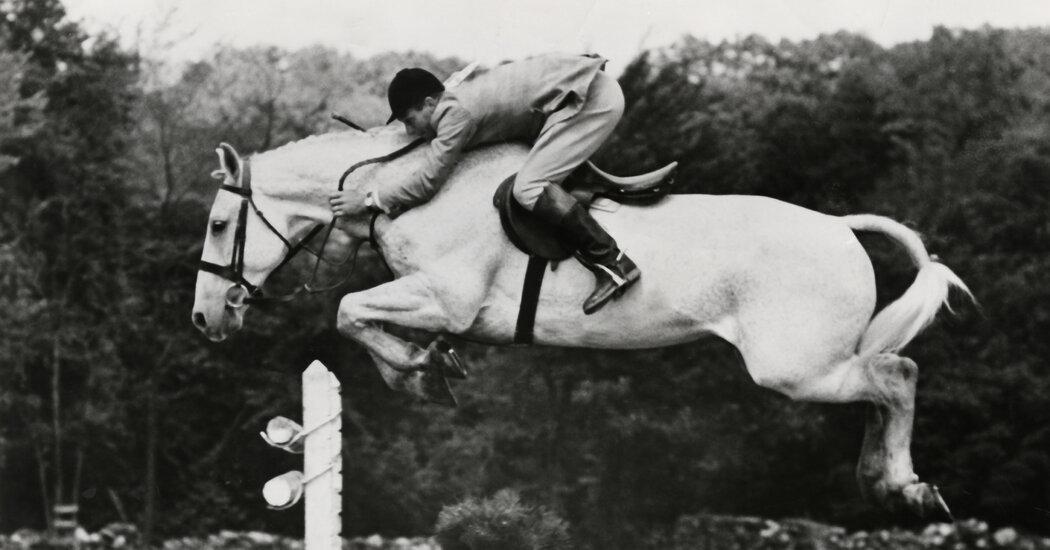To hear “I love you” as your child’s first words is something most mothers could only dream of.
For Tracy Austwick, just to hear any words from her daughter—who doctors had predicted would never speak, following an emergency tracheostomy when born 14 weeks premature—was a miracle.





